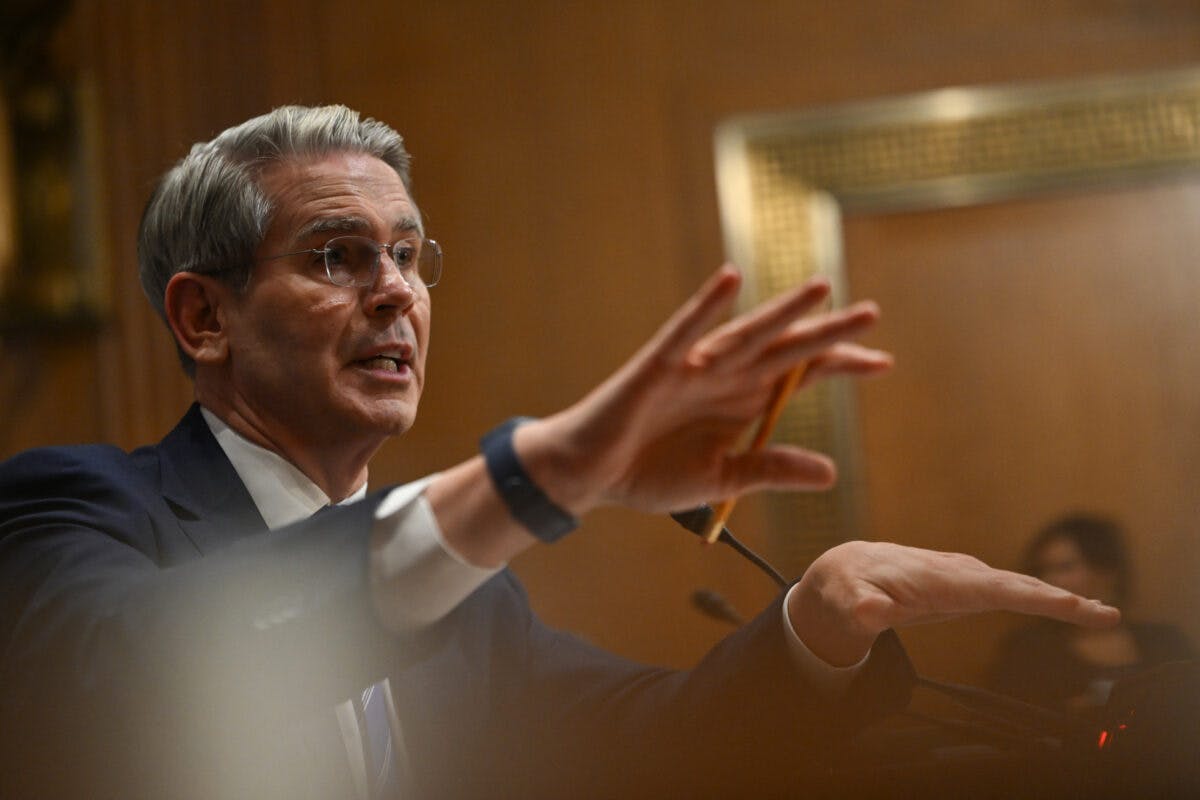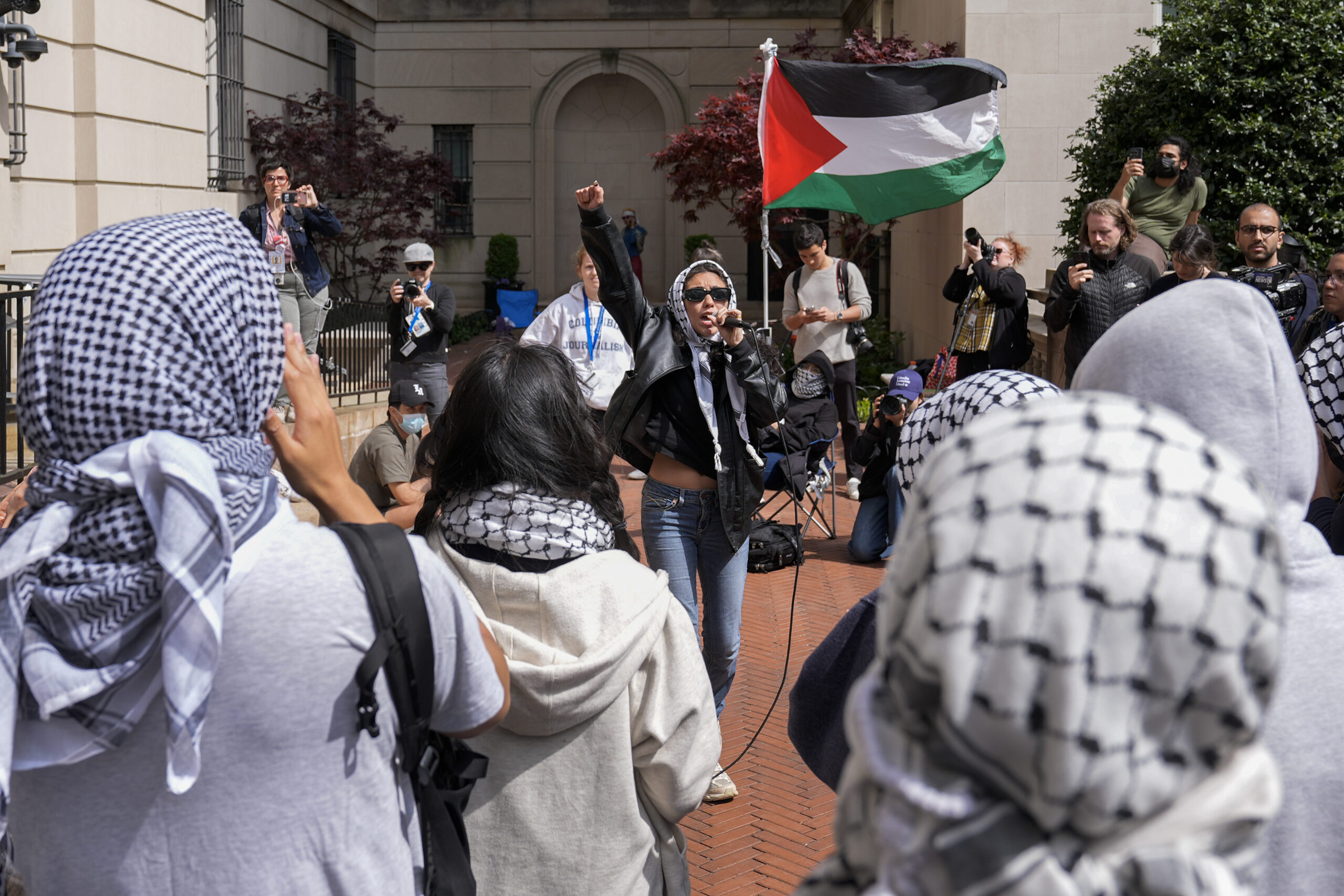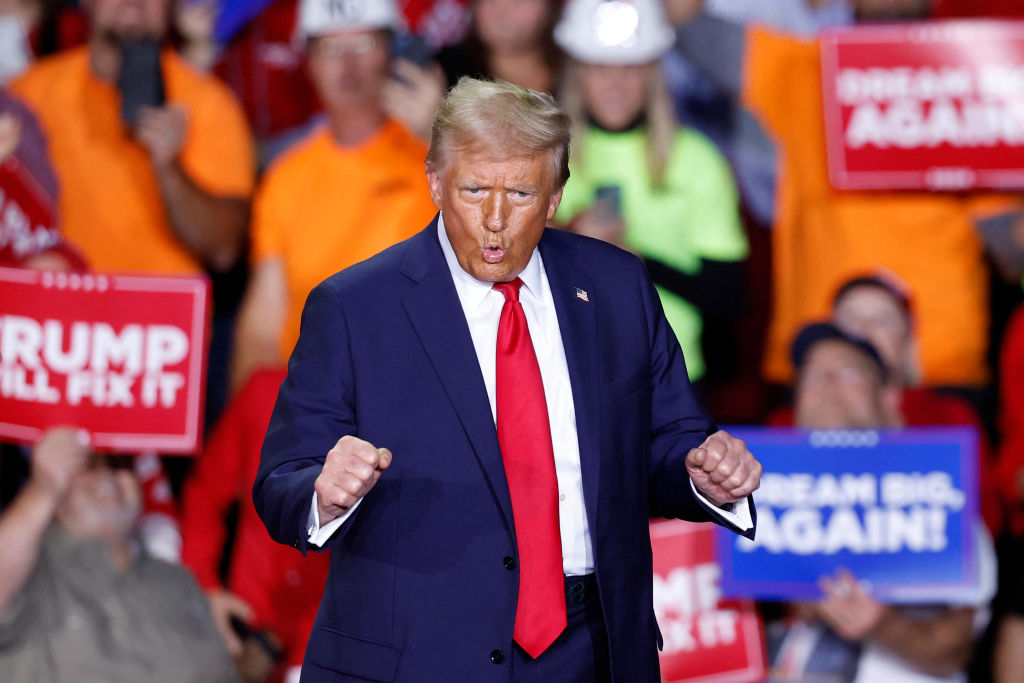Report: Secret Service didn’t know Crooks was armed before he opened fire at Trump
There's 'no evidence' key evidence relayed to agents protecting former president



A preliminary report by the House Task Force on the attempted assassination attempt of Donald Trump provides new detail about the lack of coordination between the Secret Service and state and local law enforcement officers that contributed to Trump nearly being killed and the murder of rally-goer Corey Comperatore.
The report, released early Monday, also asserts that a local law enforcement officer said he fired at shooter Thomas Crooks before the Secret Service counter sniper fired the shot that killed him, and that this first shot may have caused Crooks to stop shooting.
But House Task Force investigators concluded that the order of the shots remains unclear. Crooks’ autopsy shows that only one bullet entered Crooks’ head and credits the Secret Service counter sniper for firing that shot, the report states.
Speaker Mike Johnson and Minority Leader Hakeem Jeffries appointed the task force, headed by Republican Rep. Mike Kelly of Pennsylvania and Democratic Rep. Jason Crow of Colorado, in late July. As part of its ongoing investigation, the panel interviewed 23 state and local law enforcement witnesses, received a series of Secret Service briefings, and obtained thousands of pages of documentation in response to federal, state, and local agencies.
Many of its findings are similar to those of the interim joint report by two Senate panels, which released their initial findings in late September, and a bipartisan Independent Review Board, which unveiled its findings and recommendations last week.
But a section on “fragmented lines of communication and unclear lines of communication and chains of command” provides new detail about the failures that led to no law enforcement officer engaging with Crooks until he was on a rooftop only 200 yards from Trump and the crowd. It also provides more information about why the threat Crooks posed was not communicated to the innermost ring of Secret Service agents protecting the former president on the stage so they could remove the candidate from the dais before Crooks opened fire.
One law enforcement officer from the Butler Emergency Services Unit stationed inside the American Glass Research, or AGR, building, first noticed Crooks at around 5 p.m., more than an hour before Trump appeared on stage. That officer testified that he was alarmed because Crooks appeared to be examining the area of the AGR building occupied by him and other snipers.
“One point that raised my suspicion is he was looking directly at the window I was positioned at,” the officer told investigators. “… He looked up at the window I was positioned at and kept looking at it.”
The officer surmised that Crooks was trying to see if anyone was inside the building. The officer told another officer from the Beaver County Emergency Services Unit about Crooks, and the second officer also observed similar behavior – that Crooks was “walking pretty close to the building, kind of looking up and down the building, and [I] just thought that was odd.”
In the next 40 minutes the two officers tried to track Crooks, and one went to look for him, but both officers would intermittently lose sight of the 20-year-old shooter. At one point, the Beaver County ESU officer managed to take photos of him sitting on a wall scrolling through his phone, and then at approximately 5:10 p.m. witnessed him pointing a rangefinder toward the crowd.
“… When I noticed him looking through his rangefinder he was looking towards the stage and kind of just in different areas, general areas, looking out but in the direction of the stage,” the officer told the panel. “I was like, ‘Yeah, this is not right.’”
One of the Butler ESU officers went to look for Crooks from 5:15 to 5:40 p.m., and a group of officers texting the photos and descriptions of Crooks at 5:39 p.m. decided to inform their local law enforcement leaders that they had identified a young male acting suspiciously. Just one minute earlier, a Beaver ESU officer sent a text message along with photographs of Crooks to a group of local law enforcement snipers.
“Kid learning [sic] around building we are in,” the officer texted. “AGR I believe it is. I did see him with a rangefinder looking towards the stage. FYI. If you wanna notify SS snipers to look out. I lost sight of him.”
The officer testified to the Task Force that he meant “lurking” instead of “learning.”
Then, over the course of 13 minutes, from 5:38 to 5:51, local law enforcement officers and their bosses sent a series of calls and messages about Crooks’ description and movements to several members of the Secret Service, including to a USSS agent at their command post, which was separate from a different command post for state and local law enforcement.
At 5:47 Edward Lenz, commander of the Butler ESU, received the photos of Crooks and tried to text them to a Pennsylvania State Police officer, but issues with the cell phone service delayed the transmission. The photos weren’t forwarded on to a Secret Service agent in its Command Post until 5:51 p.m.
Despite this flurry of texts and phone calls, the report found “no evidence to suggest that the information was relayed to the USSS [agents assigned to protect Trump] near the stage, or to the USSS agents in charge of rally security.”
Local officers grew more alarmed at about 6:06 p.m. when they noticed Crooks beside a picnic table with a backpack on the ground. An officer testified that Crooks “grabbed the backpack, and then took off running,” then darted in between the buildings where they could no longer see him.
Shortly afterward, a Butler Township police officer radioed to all officers in the area that “someone’s on the roof,” and many local officers converged on the AGR building. At 6:09 p.m., Lenz called the Pennsylvania State Police officer in the Secret Service Command Center to update him that a suspicious person was now on the roof of the AGR complex.
Around that same time, a Butler Township Police officer tried to climb up on the roof with a boost from another officer but was only able to push his head up above the roof line. As previously described in news accounts and prior reports, the officer then saw Crooks, who reacted by pointing a gun at him.
“I see Crooks facing downrange towards the stage, but his eyes are back at me as I’m coming up,” the officer told the Task Force. “And I would say, like, his facial expression was surprised. His eyes were very big, like, what are you doing up here?”
That was the first time any law enforcement officer realized Crooks had a firearm. The officer lost his grip, fell to the ground, and “immediately” radioed to fellow local officers that the suspicious person on the roof was armed.
That message also never reached the Secret Service. Acting Secret Service Director Ronald Rowe testified on July 30 that the agency trains its agents and officers to immediately consider an individual as a threat if the person has a firearm and is acting in a suspicious manner.
“To date, the Task Force has not received any evidence to suggest that message reached the former President’s USSS detail prior to shots fired,” the report states.
At 6:11 p.m., Crooks fired eight rounds before being fatally shot. He was on the roof for approximately six minutes prior to the shooting.
“Put simply, the evidence obtained by the Task Force to date shows the tragic and shocking events of July 13 were preventable and should not have happened,” the Task Force concluded.
The report listed several top findings, which include inadequate planning and coordination before the July 13 rally in Butler, Pennsylvania, and placing the AGR building and surrounding area outside of the secure perimeter that the Secret Service was charged with protecting. The report also states that the local sniper teams inside the AGR building had a narrow field of vision and were not positioned to monitor the building; there was no unified command center to facilitate communications between the Secret Service and its state and local partners; and Crooks did not use a ladder to access the top of the building, but instead climbed onto air conditioning units along the side of the building to easily scramble onto the roof.
While the interim report focuses on the first assassination attempt, the Task Force has expanded its investigation to include a second attempt Trump’s life, which took place at the Trump International Golf Course in West Palm Beach, Florida, Sept. 15. The panel plans to complete its investigation by early December.
SUPPORT TRUTHFUL JOURNALISM. MAKE A DONATION TO THE NONPROFIT WND NEWS CENTER. THANK YOU!
What's Your Reaction?

































































































